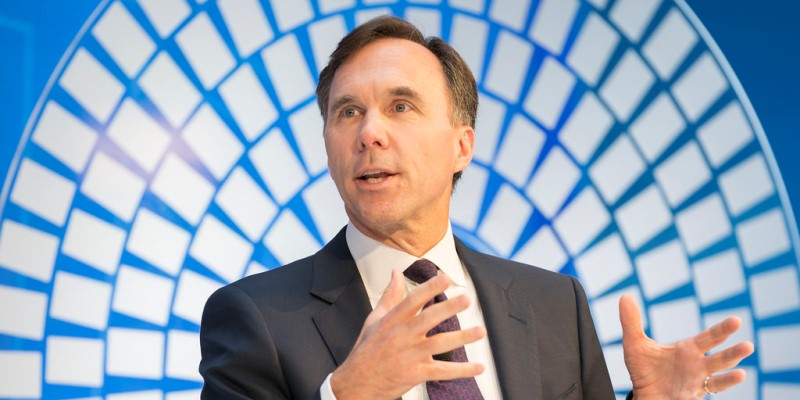Fiscal update—increased spending and debt comes at a cost

Nearly two months after the federal election, the Liberals released their fall fiscal update on Monday to inform Canadians about the status of the economy and government finances. Once again, the federal government failed to make difficult decisions and instead chose to increase spending, run larger deficits and accumulate more debt.
In the update, Finance Minister Bill Morneau (pictured above) announced a significant increase in spending compared to previous expectations from the spring budget. The spending increase stems from billions of dollars related to actuarial revaluations of employee pension and benefits, compensation to dairy farmers, and a revenue agreement for the Hibernia project in Newfoundland and Labrador.
It’s important to specify that much of the increase in spending is driven by a low interest rate outlook, which requires higher expenses on employee pensions and benefits. However, the Trudeau government would have been able to more easily absorb these higher expenditures had previous spending growth been lower (or negative). Instead, the actuarial changes have compounded Ottawa’s problem with its ever-increasing spending.
After accounting for these initiatives, federal government program spending is projected to reach $340.8 billion in 2019/20, which means program spending has increased by $11.4 billion since the budget was introduced less than a year ago in March.
And the spending increases don’t stop there. The federal government expects to continue increasing program spending by an annual average of 3.2 per cent by 2024/25. Put differently, program spending could grow by nearly $50 billion in just five years.
Of course, all this spending comes at a significant cost.
Minister Morneau has chosen to run large deficits for the foreseeable future to finance the government’s proclivity for spending. The government now projects the federal deficit this year will nearly double (compared to 2018/19) to reach $26.6 billion. Next year, the deficit figure is expected to grow to $28.1 billion.
And the government did not unveil a plan to return to balanced budgets. According to the latest projections from the Department of Finance, in the absence of policy changes, Canada will continue seeing red ink until 2040 at the earliest.
Indeed, the federal Liberals have decided to accumulate $124.3 billion in federal debt between 2018/19 and 2024/25. By the end of this period, federal debt is projected to total more than $800 billion. Even if the federal government won’t acknowledge the consequences of its spending increases in Monday’s fiscal update, it’s important to recognize that its policy decisions have trade-offs. By choosing higher spending today, the government is also choosing to accumulate more debt and pay more in debt interest. In doing so, Ottawa is asking younger generations to foot the bill for today’s spending. Future generations of taxpayers will ultimately bear the cost of the increased debt, through higher taxes to repay the debt and corresponding interest costs.
Of course, balancing the budget requires making difficult decisions. But this government has made clear its priorities by continuing to make irresponsible decisions with our finances. The cost of increased spending and debt will ultimately be passed down to young Canadians. It’s time for the federal government to face that reality and restore principles of sound fiscal management.

